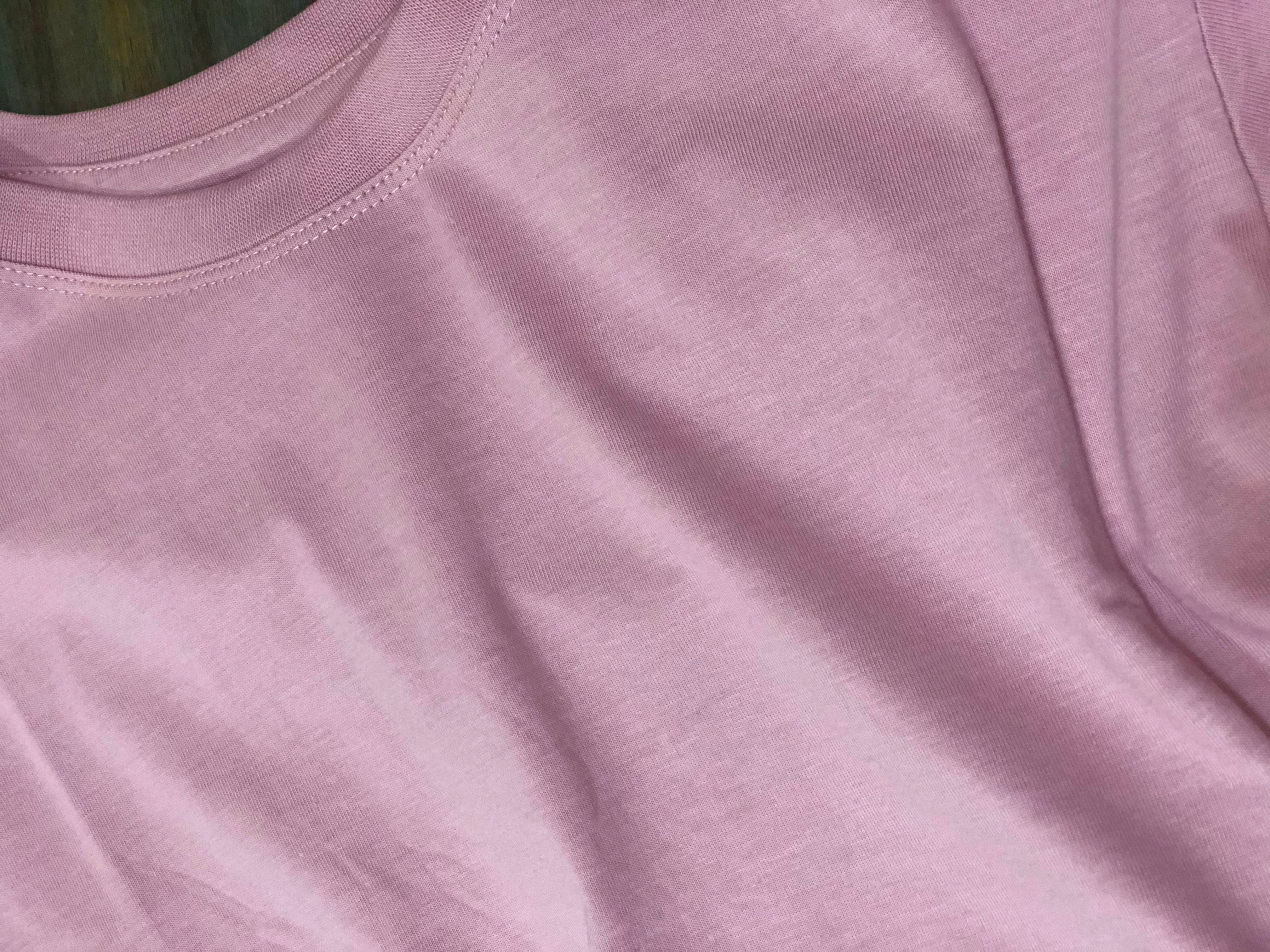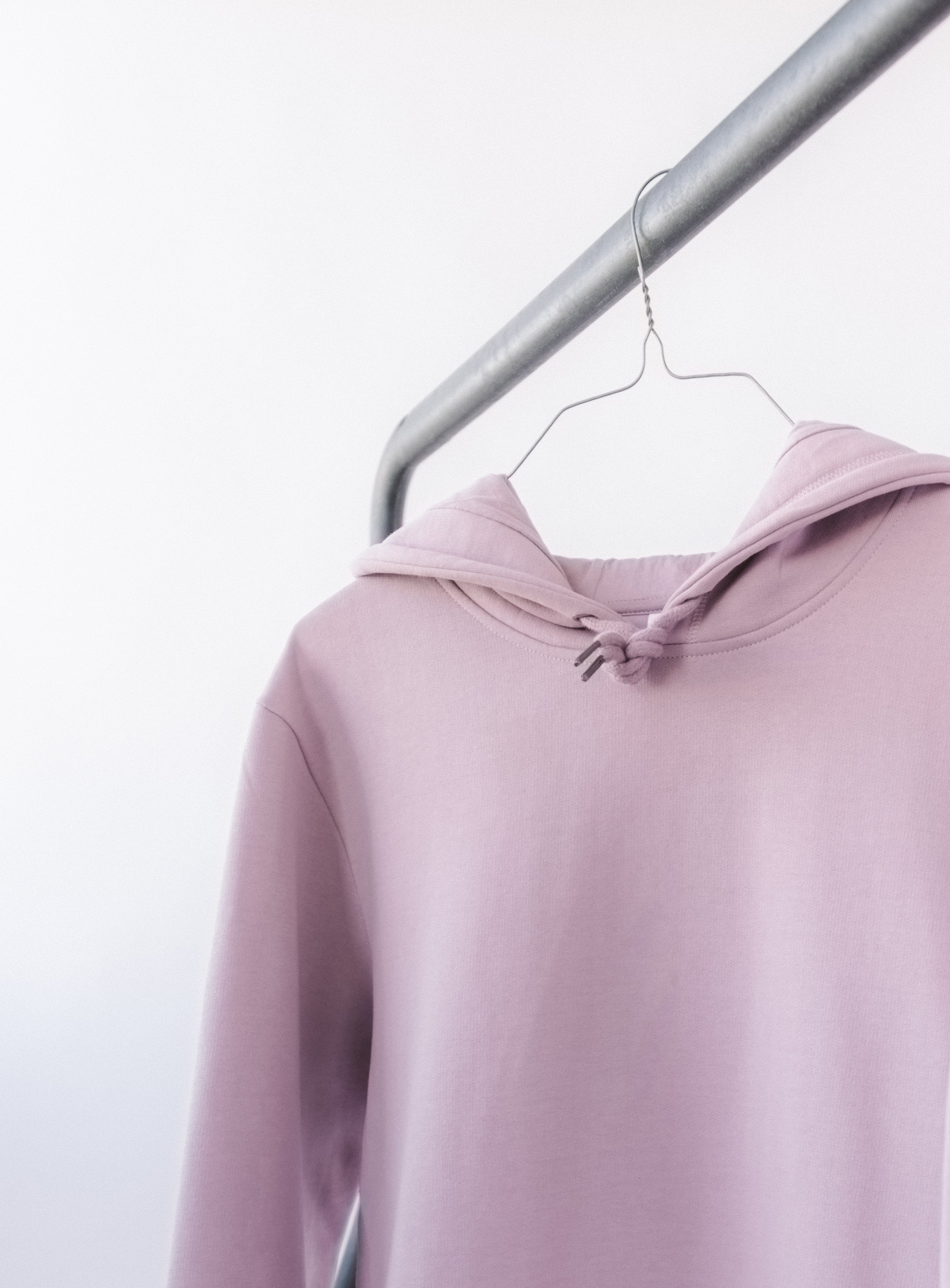Burberry’s contribution to the fashion landscape is a study in quality, reinvention, and longevity. In every decade, Burberry has had competitors. Yet the brand continues to redefine itself within its iconic heritage.
Established in 1856, Thomas Burberry revolutionized rainwear with his invention of gabardine. In its beginnings, Burberry set itself apart by outfitting historic Arctic expeditions. This brand’s heritage remains key to Burberry’s iconic outerwear alongside a fashion-forward and industry-leading position in today’s luxury apparel segment.
Based in London, under the creative direction of Riccardo Tisci (former Creative Director for Givenchy and Nike collaborator), Burberry combines its heritage of innovation and craftsmanship into some of the highest quality garments in the world.

In 1856, 21 year old Thomas Burberry started his eponymous brand. He was a clothing draper, whose creations were inspired by everyday clothing. Thomas Burberry began to experiment with the development of materials and clothing that could be used for outdoor activities, such as fishing and hunting. Two decades later, he invented the revolutionary gabardine.

gab ar dine: In 1879, Thomas Burberry invented the revolutionary fabric, Gabardine. This fabric was like the Gore-Tex of the late 19th century. Made from Egyptian cotton yarns that were waterproofed using lanolin, gabardine was a tough-wearing, tightly-woven, and water-resistant fabric.
Before gabardine’s invention, traditional weatherproof fabrics were waxed or rubberized to repel water – making them heavy, stiff and uncomfortable to wear. Gabardine can be made out of cotton, wool, or polyester, which renders the fabric and even wider functional scope.
“Forward” in Latin
In circa 1901, the company ran a public competition to design a new logo for the brand. The winning entry, inspired by 13th and 14th century armor, was born. The Burberry Equestrian Knight logo, with its bespoke Bodoni font, accompanied the brand for over a century.
Accompanying the Equestrian Knight logo is the Latin word “Prorsum”, meaning “forwards”. Burberry would embody this phrase by leading the outwear world forward through groundbreaking Arctic and Aerial exploration, two World Wars, and the tumultuous century to follow.

New Territory
Burberry outfitted some of the most notable expeditions of the early 20th century. The infamous and functional Burberry gabardine fabric found its way into countless expeditions in the form of tents, outerwear, and boots.
(1893) The first recorded polar explorer to use Burberry was Nobel Peace Prize recipient, Dr Fritjof Nansen of Norway. The polar explorer and zoologist set sail for the Arctic Circle in 1893.

(1897) Famous for mapping parts of the Arctic Circle, Explorer Major F.G. Jackson went on an expedition to Franz Josef Land wearing Burberry gabardine.

(1901) Air Commodore Edward Maitland set the world’s long-distance overseas record and the British long-distance in-flight record wearing Burberry gabardine. For a duration of 31 ½ hours, he travelled from London to Russia in a hot air balloon covering a distance of 1,117 miles .
(1908) Celebrated aviator Claude Grahame-White wore Burberry gabardine as the first person to fly between London and Manchester in less than 24 hours.

The Race to the Poles
(1911) Burberry supplied clothing items for Roald Amundsen during his expedition to the South Pole. Amundsen’s journey was a success, and Norway claimed the first successful expedition to the South Pole. His famous competitor, Robert Falcon Scott, reached the South Pole wearing Burberry clothing and equipped with a Burberry tent. Tragically, Scott and his team died on the return journey.

(1914-1917) The company supplied clothing items for Ernest Shackleton’s Imperial Trans-Antarctic Expedition. Though Shackleton’s expedition was considered a failure, academics and business leaders alike cite his leadership in adversity as exemplary, and his expedition infamous.
“If the weather is such that the dog drivers all go out in Burberry clothing then I either remain on board or else only for a short run in the immediate vicinity of the ship.”(Source)

(1919) Captain John Alcock and Lieutenant Arthur Whitten Brown wore Burberry aviator suits to pilot their plane in an exposed cockpit, and complete the first non-stop transatlantic flight in 72 hours.
(1937) Burberry sponsored a record breaking flight from Croydon to Cape Town in an aeroplane called 'The Burberry'. Both aviators, Flying Officer Arthur Clouston and Betty Kirby-Green, wore bespoke Burberry.

Wartime Function leads to Modern Fashion
In 1912, Thomas Burberry designed and patented what is considered to be the predecessor to the trench coat: the Tielocken Coat. Each unmistakeable detail of the coat was introduced to serve a purpose. The Tielocken closes with a single strap and buckle fastening and only features a button at the collar.

The design includes epaulettes used to suspend military equipment such as gloves and whistles, D-rings used to carry grenades, the gun flap to provide additional protection when in action and the storm shield to allow water to run off it smoothly.

In the 1920’s, the Burberry check, now registered as a trademark, was introduced as a lining to the trench coat. This distinctive tartan pattern has become one of fashion’s most widely copied trademarks.

During the Second World War, Burberry supplied the British Army with a range of apparel and accessories that included the trench coat. Burberry continued to make civilian clothing during the war, but adapted the product category to war time.

This effort may have contributed to the longevity of the brand. By providing both military and civilian apparel, Burberry remained unremittingly British during the wartime. The royal family were fans of the British brand, and granted multiple royal warrants that resulted in the brand’s heritage status.

The Gilded Age of the Trench Coat
Burberry’s transition from wartime staple to fashion can be credited to the silver screen stardom of the trench coat in post-war film. From Holly Golightly’s famous kiss in Breakfast at Tiffany’s to Humphrey Bogart’s infamous line “Here’s lookin’ at you, Kid” in Casablanca, no other piece of clothing can be functional as well as radiant, or provide a character with presence while being understated. The pairs-well-with-anything ethos of the Burberry trench coat has a foundation on-screen that transcended into history.





Burberry, Contemporary Studies
In 2006, Angela Ahrendts (now senior vice president of Apple) became CEO. During her leadership (2006-2014) sales increased to more than £2 billion as she helped transform Burberry into a global fashion force by restructuring the business and focusing on digital innovation.
One of these initiatives included removing the check pattern from all but ten percent of products, as over-licensing over the years diluted the brand’s value. She was an early proponent of the Internet, investing heavily in the company’s e-commerce capabilities, digital marketing presence, and in-store technology. Ahrendts even brought in an anthropologist to study the company culture she helped create in an attempt to better preserve it.
The digital transition had large implications. In 2010, Burberry was the first brand to live stream a fashion show. Later, in 2016, Burberry was the first brand to make runway collections available to consumers for purchase immediately after the show.
As a part of Creative Director Christopher Bailey’s final Burberry collection, an LGBTQ tartan was unveiled. Burberry describes it as an emblem for optimism and inclusiveness.
"There has never been a more important time to say that in our diversity lies our strength and our creativity," he said. (Source)

In 2018, Riccardo Tisci is appointed as Chief Creative Officer, and a rebrand ensues. In partnership with Peter Seville (you may recognize his artwork for the Joy Division) a monogram that spells out TB – after the founder of the brand Thomas Burberry- is created.




Much of Burberry’s story remains. Not only will the world continue to evolve around Burberry’s heritage, but it will be fascinating to see how Burberry’s heritage will evolve with the world. As gritty, street-influenced designer Gosha Rubchinskiy said of his recent Burberry collaboration:
“Burberry has always symbolised the epitome of classic British style to me. Their timeless pieces are the perfect balance to our modern streetwear, creating a great mix. I’m very happy with the result of our collaborative work.” (Source)
As fashion’s landscape inevitably changes, Burberry has proven that the brand will continue to be a part of the change.





Leave a comment
This site is protected by hCaptcha and the hCaptcha Privacy Policy and Terms of Service apply.